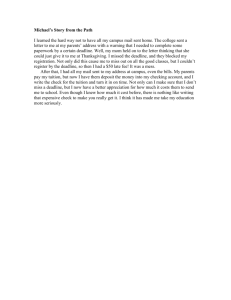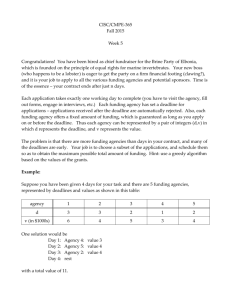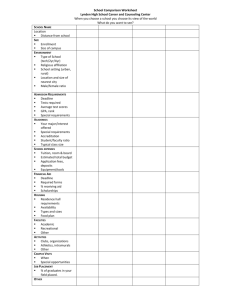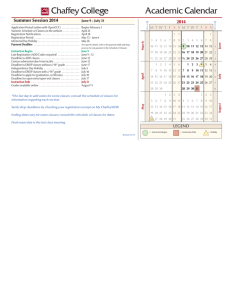UNIVERSITY OF OSLO DEPARTMENT OF ECONOMICS
advertisement
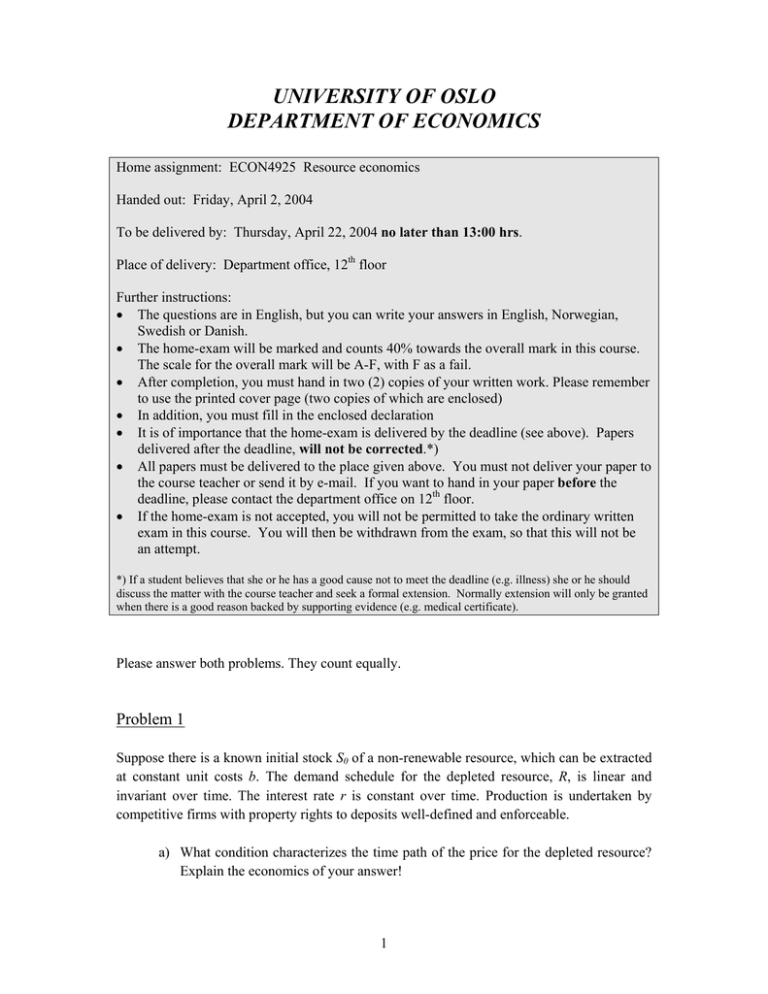
UNIVERSITY OF OSLO DEPARTMENT OF ECONOMICS Home assignment: ECON4925 Resource economics Handed out: Friday, April 2, 2004 To be delivered by: Thursday, April 22, 2004 no later than 13:00 hrs. Place of delivery: Department office, 12th floor Further instructions: • The questions are in English, but you can write your answers in English, Norwegian, Swedish or Danish. • The home-exam will be marked and counts 40% towards the overall mark in this course. The scale for the overall mark will be A-F, with F as a fail. • After completion, you must hand in two (2) copies of your written work. Please remember to use the printed cover page (two copies of which are enclosed) • In addition, you must fill in the enclosed declaration • It is of importance that the home-exam is delivered by the deadline (see above). Papers delivered after the deadline, will not be corrected.*) • All papers must be delivered to the place given above. You must not deliver your paper to the course teacher or send it by e-mail. If you want to hand in your paper before the deadline, please contact the department office on 12th floor. • If the home-exam is not accepted, you will not be permitted to take the ordinary written exam in this course. You will then be withdrawn from the exam, so that this will not be an attempt. *) If a student believes that she or he has a good cause not to meet the deadline (e.g. illness) she or he should discuss the matter with the course teacher and seek a formal extension. Normally extension will only be granted when there is a good reason backed by supporting evidence (e.g. medical certificate). Please answer both problems. They count equally. Problem 1 Suppose there is a known initial stock S0 of a non-renewable resource, which can be extracted at constant unit costs b. The demand schedule for the depleted resource, R, is linear and invariant over time. The interest rate r is constant over time. Production is undertaken by competitive firms with property rights to deposits well-defined and enforceable. a) What condition characterizes the time path of the price for the depleted resource? Explain the economics of your answer! 1 b) Find the effect upon the price path of a constant rate ad valorem royalty tax (i.e. a tax proportional to the value of the depleted resource). Try to give an economic interpretation of your result! c) Go back to the original non-tax case and explain how the initial price, p0, is determined from the parameters of the problem. Discuss how p0 will change by hypothetical shifts in r and b, respectively. Consider finally negative shifts in both r and b, such that p0 remains the same as before. How will the price path resulting from these shifts, differ from the original one? Problem 2 The Dasgupta-Heal-Solow model of capital accumulation and resource depletion is given by Ct + K& t = Q( K t , Rt ) , Rt = − S&t , Ct ≥ 0, Rt ≥ 0, Kt ≥ 0, and St ≥ 0, where C is consumption, K is manmade capital, R is resource extraction, and S is natural capital. An efficient path in this model satisfies the following conditions: QK ( K t , Rt ) = it QR ( K t , Rt ) = pt p& it = t , pt where it is the interest rate at time t, and pt is the price of the resource in terms of consumption at time t. a) Interpret these efficiency conditions. b) Define genuine savings (or the value of net investments) It as follows: It = K& t − pt Rt Show that the efficiency conditions imply that C& t + I&t = it I t . c) Use the result C& t + I&t = it I t to show Hartwick’s rule: If It = 0 for all t, then consumption is constant for all t. d) Discuss the importance of Hartwick’s rule for sustainable resource management. 2
